Anecdotes and other notes from the U-M Special Collections Research Center.
Beyond the Reading Room
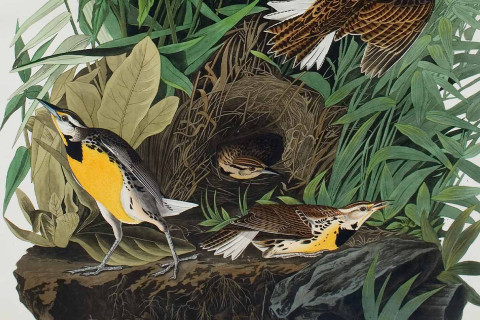
Posts in Beyond the Reading Room
Showing 341 - 350 of 392 items
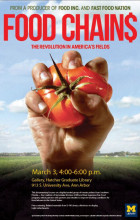
- Athena Jackson
Mark your calendars for a free screening of FOOD CHAIN$: The Revolution in America's Fields documentary.
March 3, 2015 | 4pm to 6pm | Hatcher Graduate Library Gallery
March 3, 2015 | 4pm to 6pm | Hatcher Graduate Library Gallery
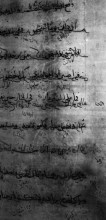
- Evyn Kropf
This Wednesday's watermark feature: bull's head motifs in watermarked papers from the Islamic Manuscripts Collection

- Juli McLoone
Feeling nostalgic for print-forms gone by? Or eagerly seeking the next production medium for your postmodern creativity? Either way, come join the Harlequin Creature typing bee in the gallery of Hatcher Graduate Library on Wednesday, February 18th from 11:30am-4:30pm.
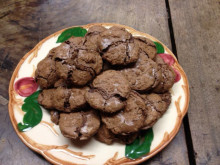
- Jacqueline L Jacobson
Historic American recipes for chocolate baked goods are much less intense than modern ones.19th and early 20th century American recipes for chocolate cakes and cookies, such as this month's recipe from Emma Francis Voris' ca.1893 New Columbian White House Cookery are quite mild.
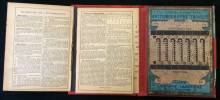
- Pablo Alvarez
Portable calculators are older than we think. For our History of Mathematics Collection, we have recently purchased an example of a small manual calculator, whereby anyone could quickly perform each of the four basic mathematical operations. It was designed by the Frenchman Louis-J. Troncet in 1889.

- Kate Foster Hutchens
Arthur Miller, Marge Piercy, and...Grandma? They might all be shelved together amid these stately gray volumes.
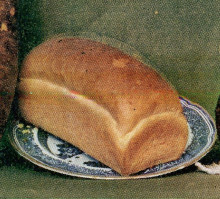
- Jacqueline L Jacobson
This month's recipe is "the Golden Loaf of South Carolina" from Sarah Tyson Rorer's 1899 _Bread and Bread-making: How to Make Many Varieties Easily and with the Best Results_ Rorer was involved in the Cooking School Movement, which advocated for standard measures and exact directions in recipes. While the recipe below is not as explicit as what a 21st century cookbook reader is used to, it goes into considerable detail compared to the average late-19th c. bread “receipt”
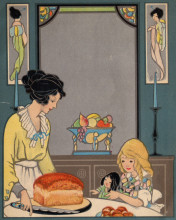
- Jacqueline L Jacobson
American Culinary History materials are full of representations of children and childhood: sometimes realistic, sometimes wholly fantastical, with adults present or without them.
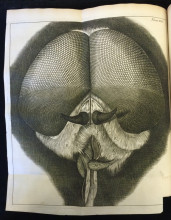
- Pablo Alvarez
This superb engraving depicts what the seventeenth-century English scientist, Robert Hooke, observed when exposing the head of a grey drone-fly through the lens of a microscope. The greatest section of the head was nothing else but two large “protuberant bunches,” mostly covered by thousands of tiny hemispheres arranged in “triagonal order”.

- Pablo Alvarez
This recently acquired edition of two medical commentaries by the sixteenth-century Italian doctor, Leon Roganus Caietanus, is bound in limp vellum with bevelled boards, and the gilded edges of the text block have been expertly decorated, or gauffered, with a special tool.